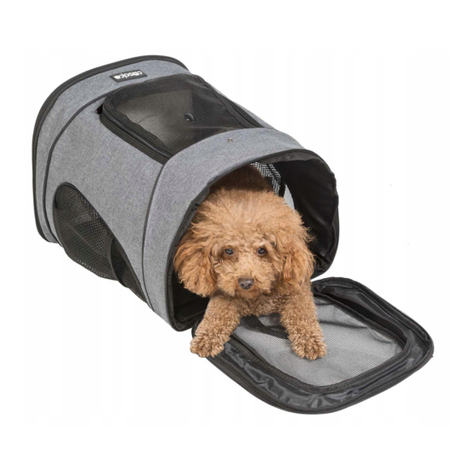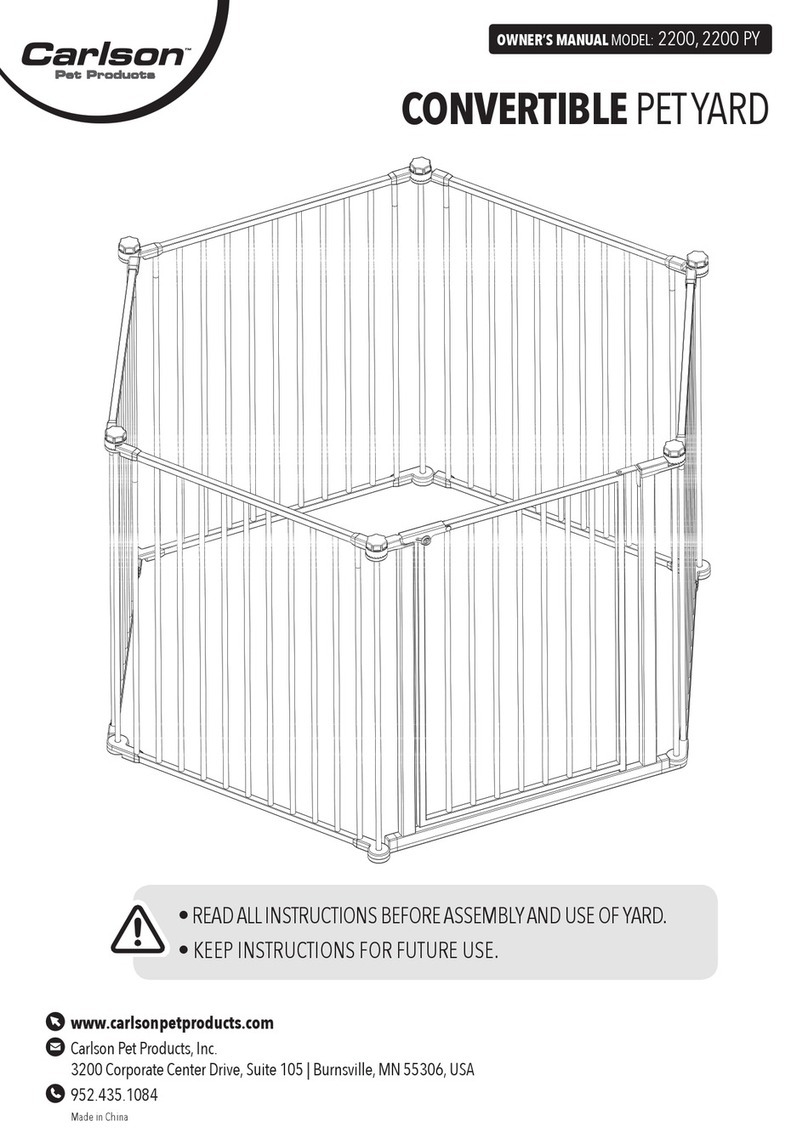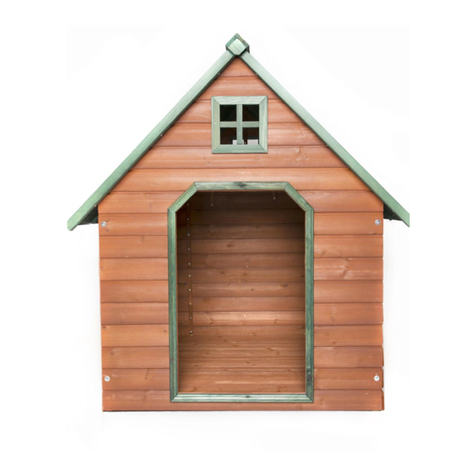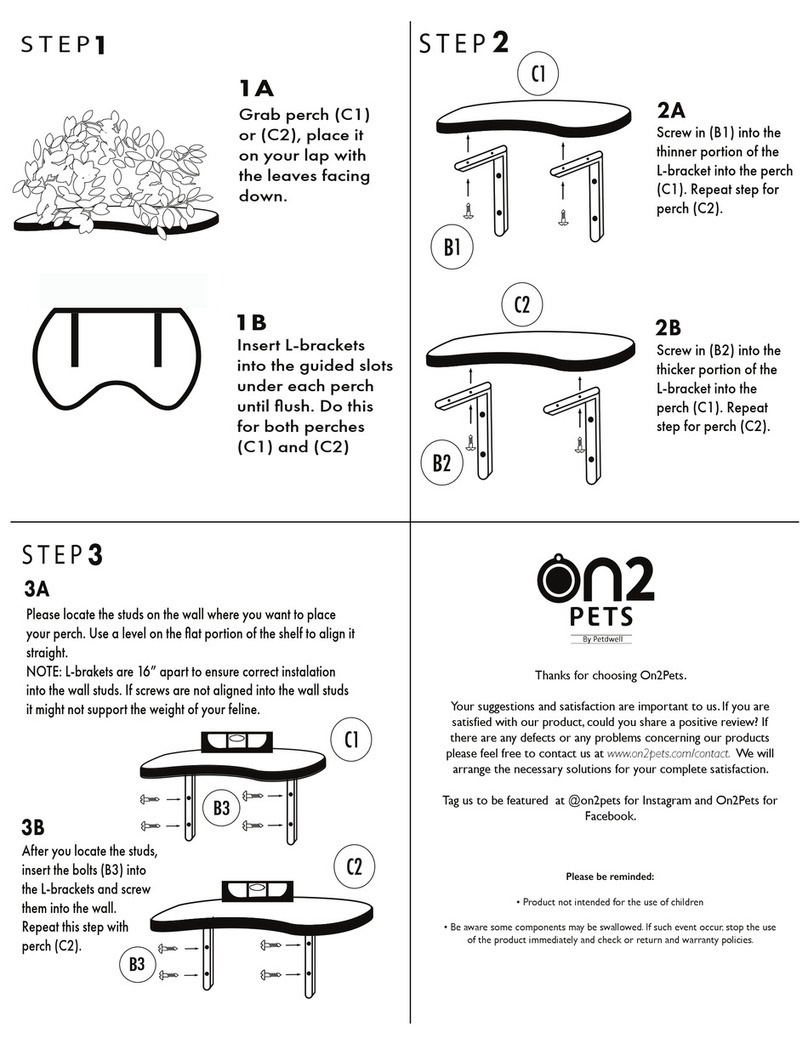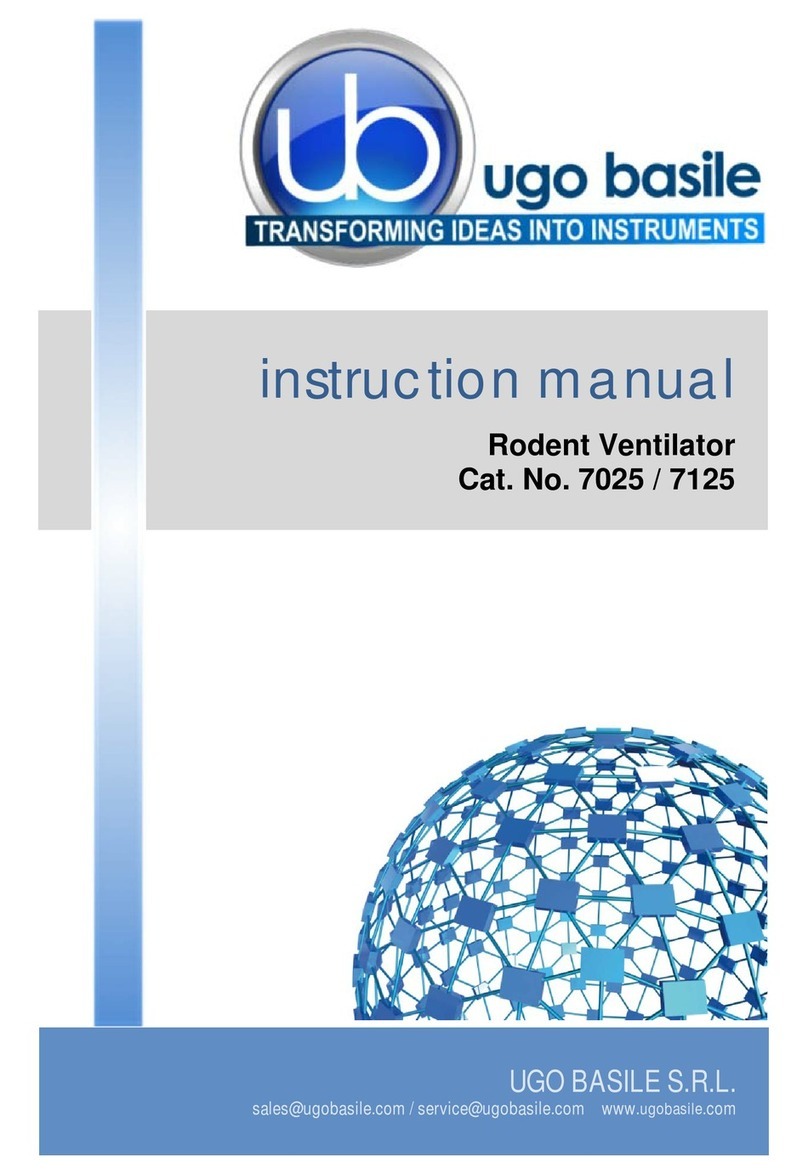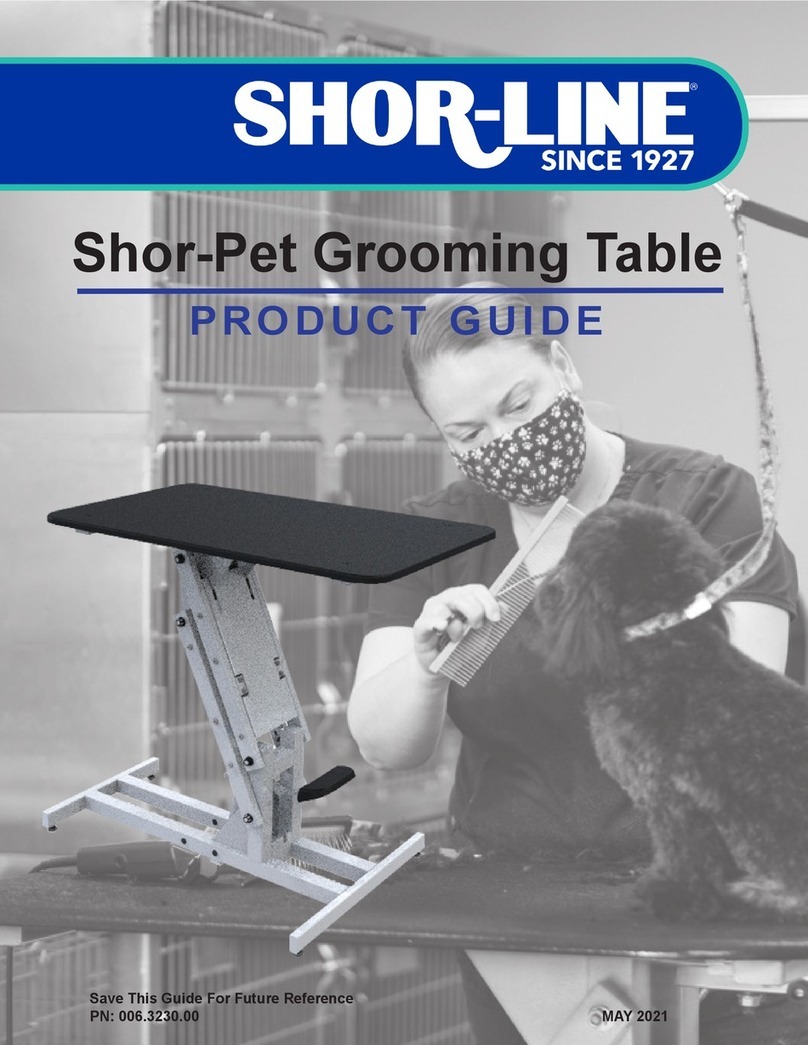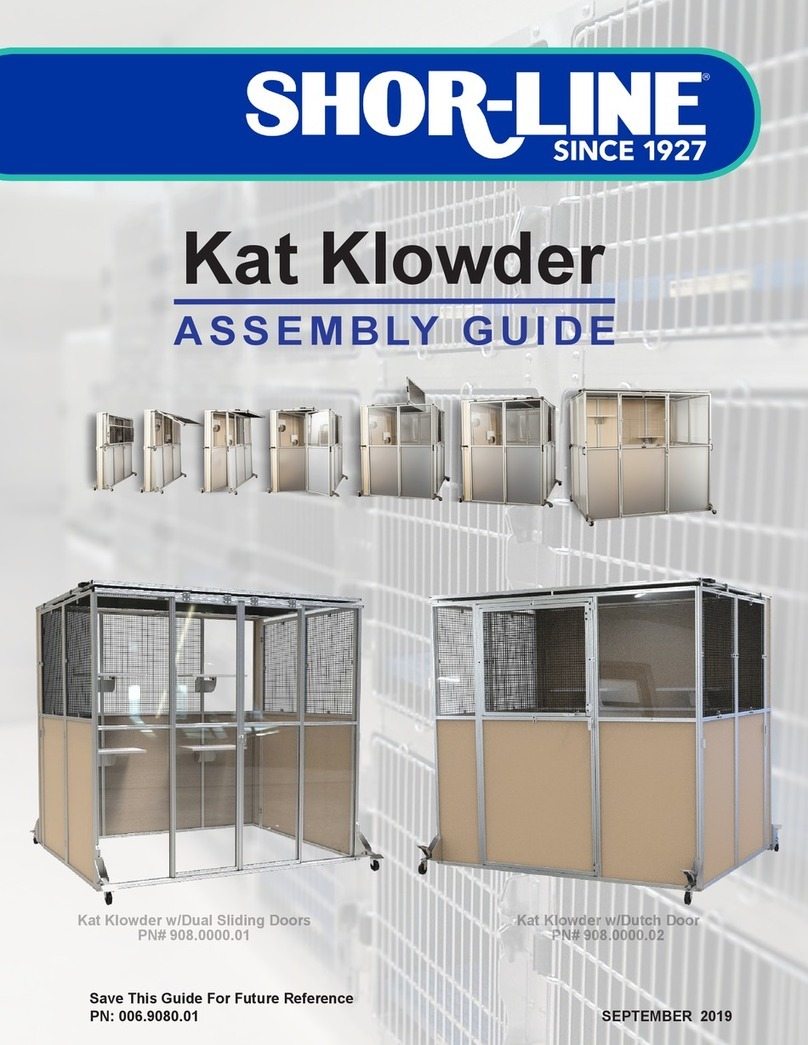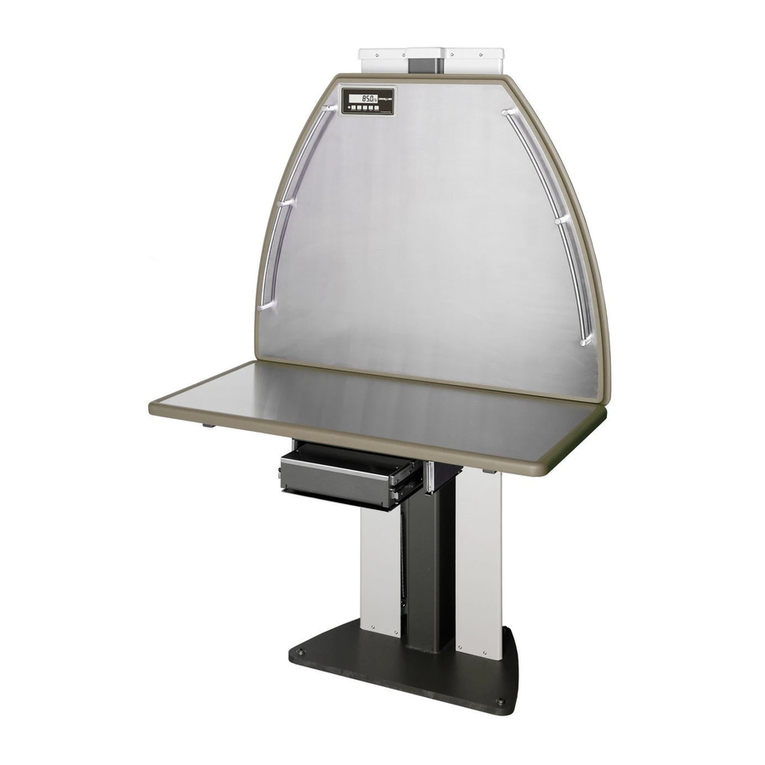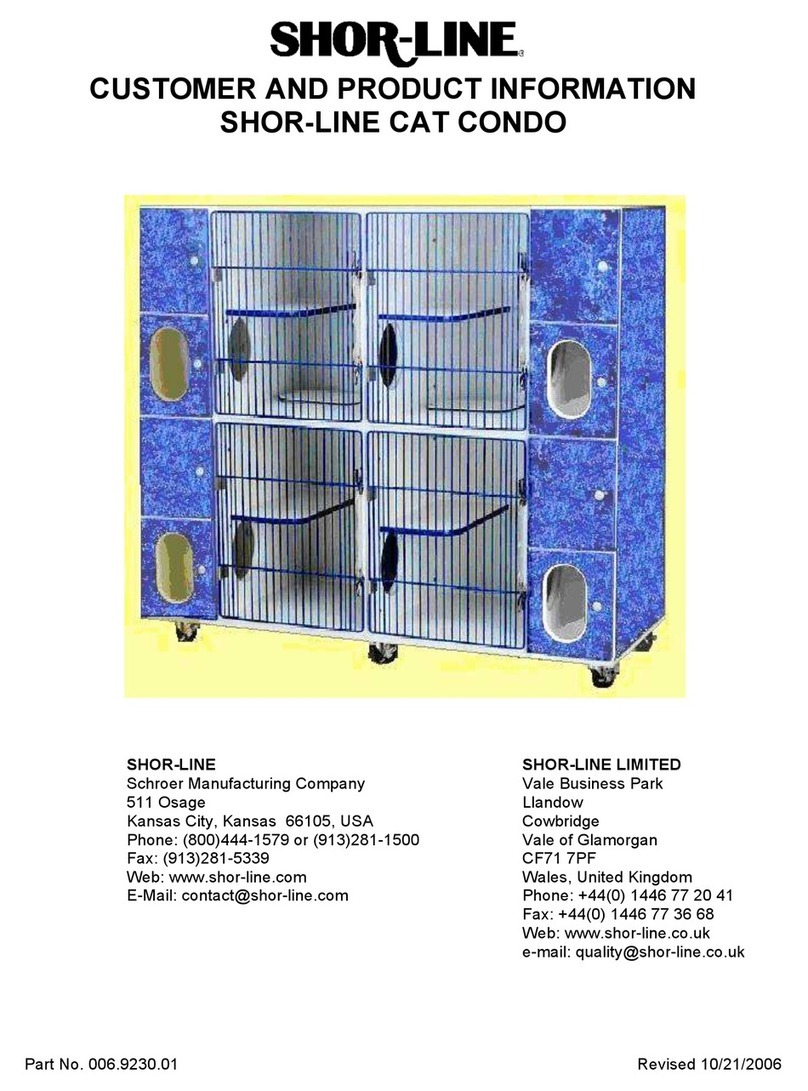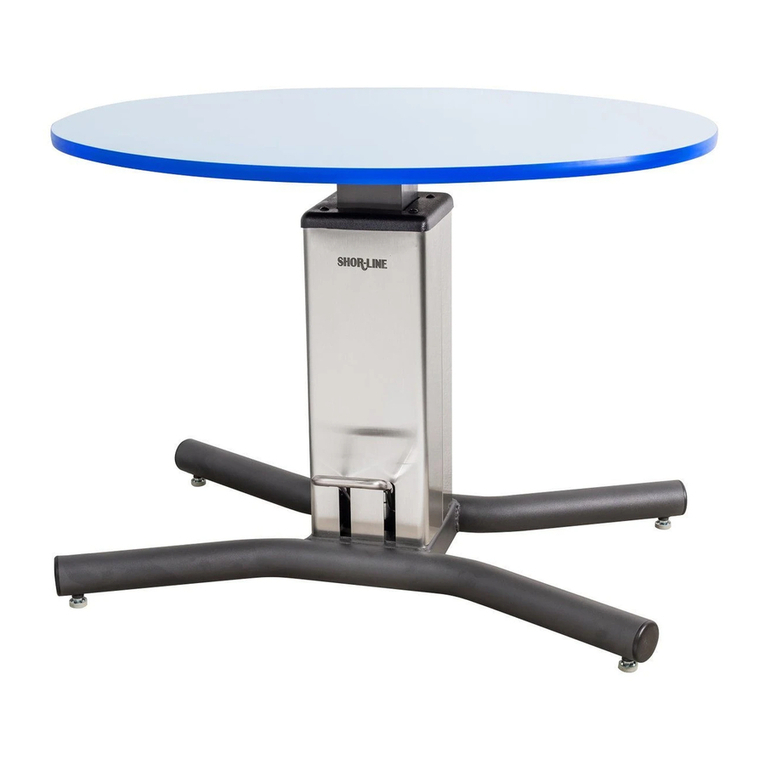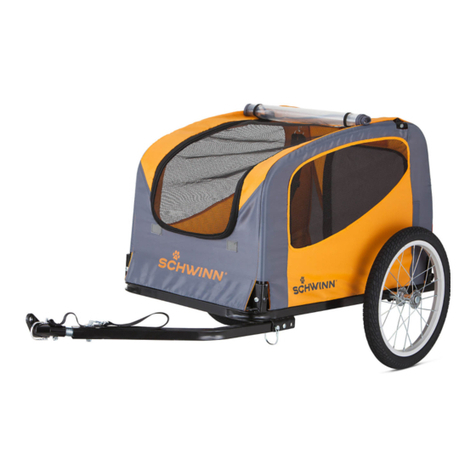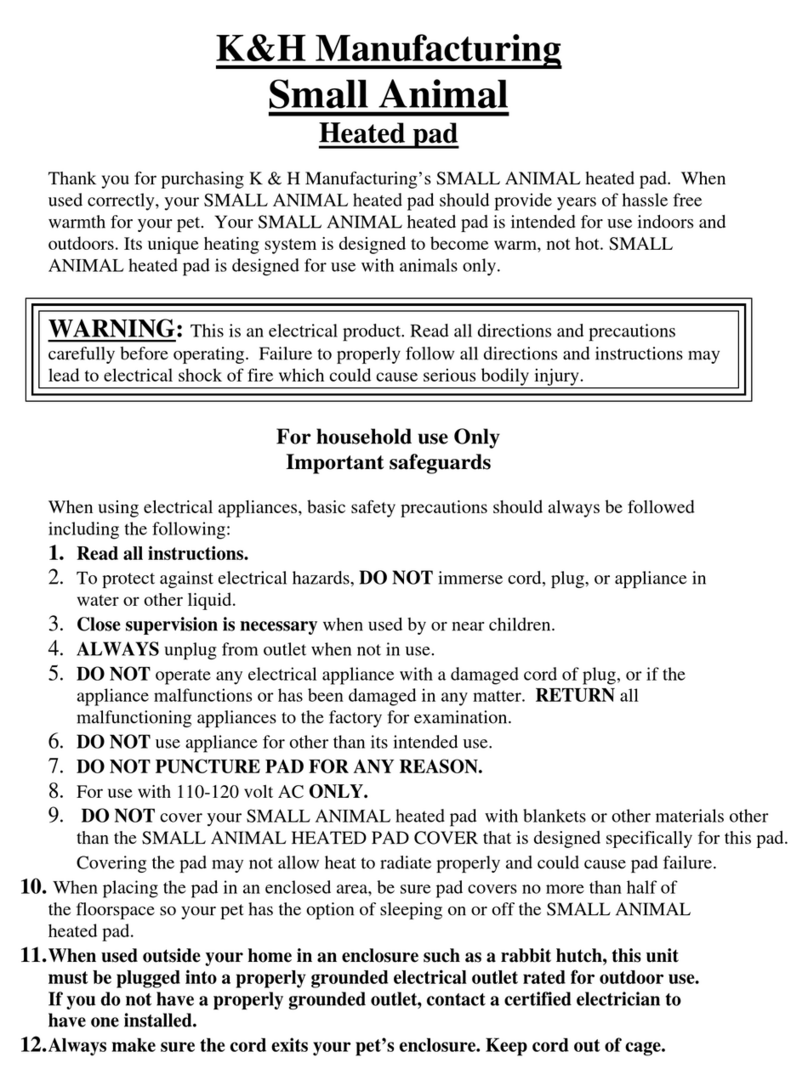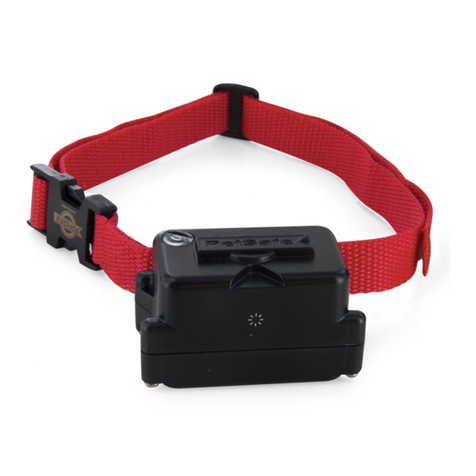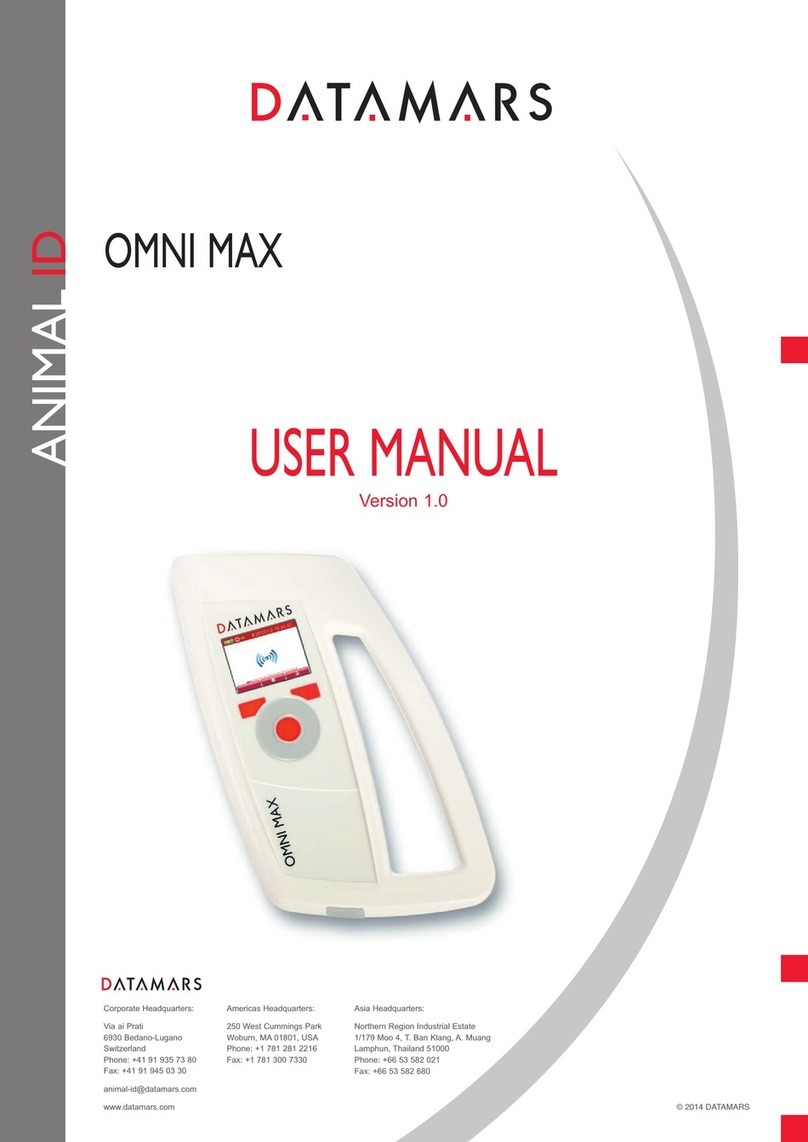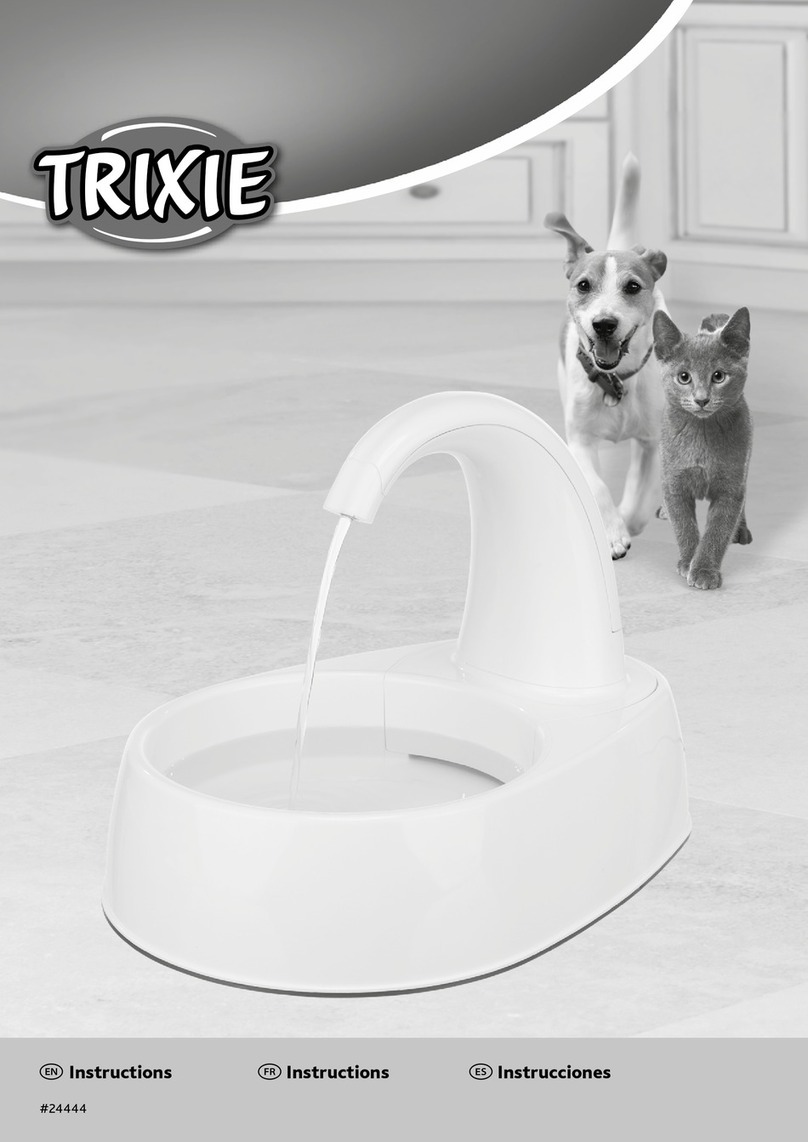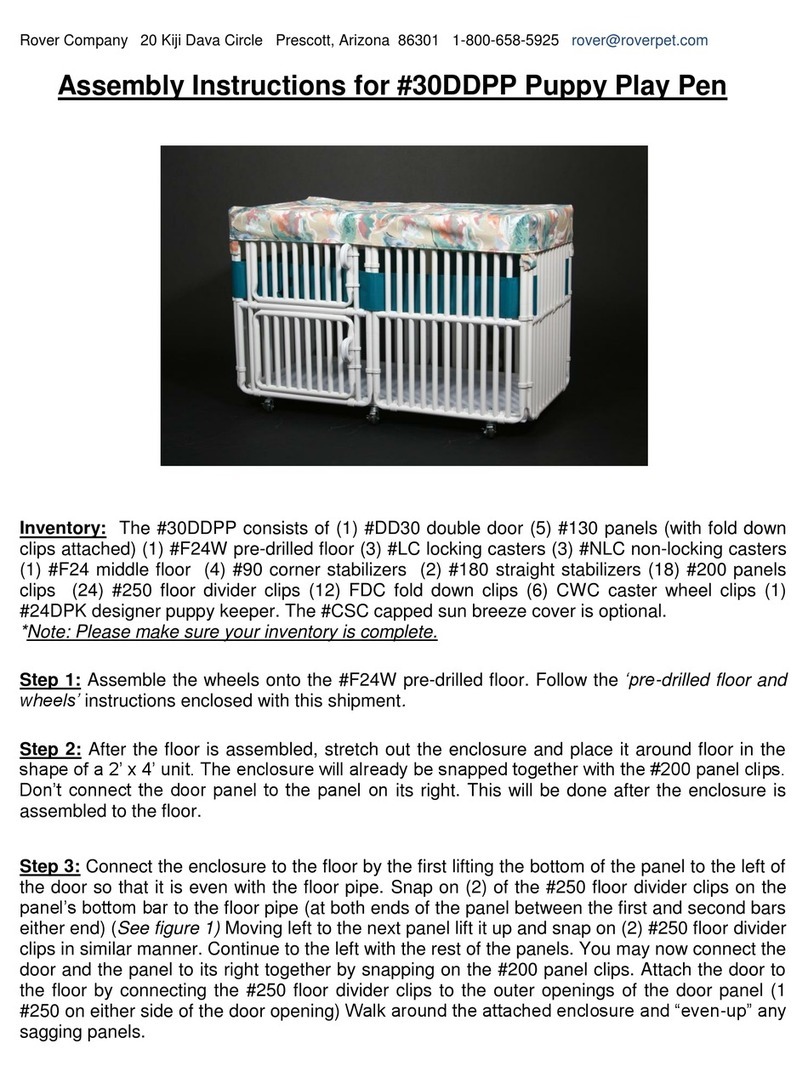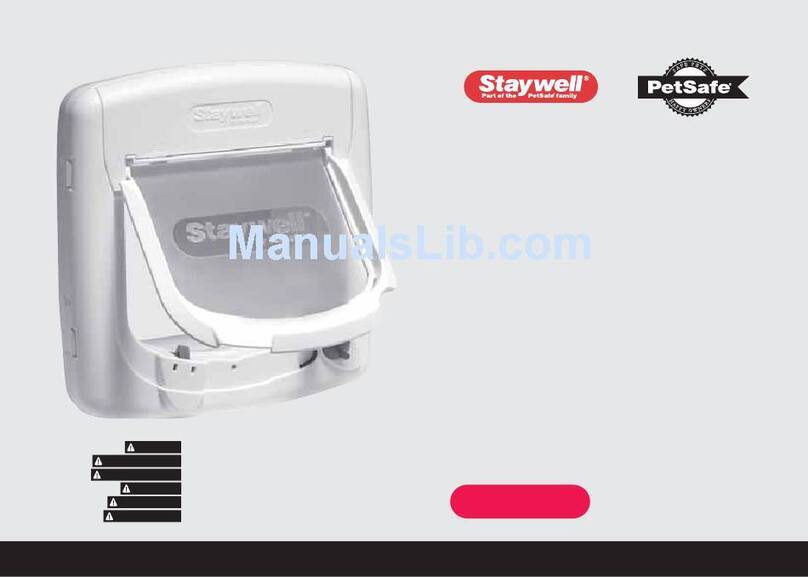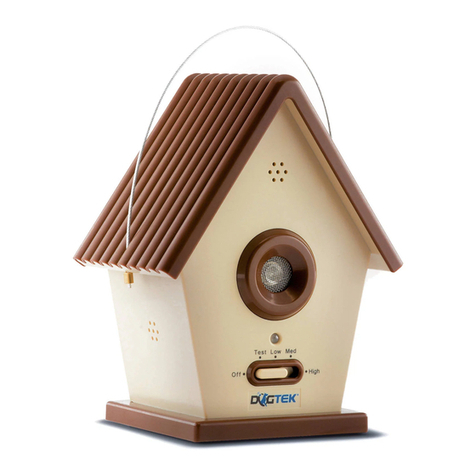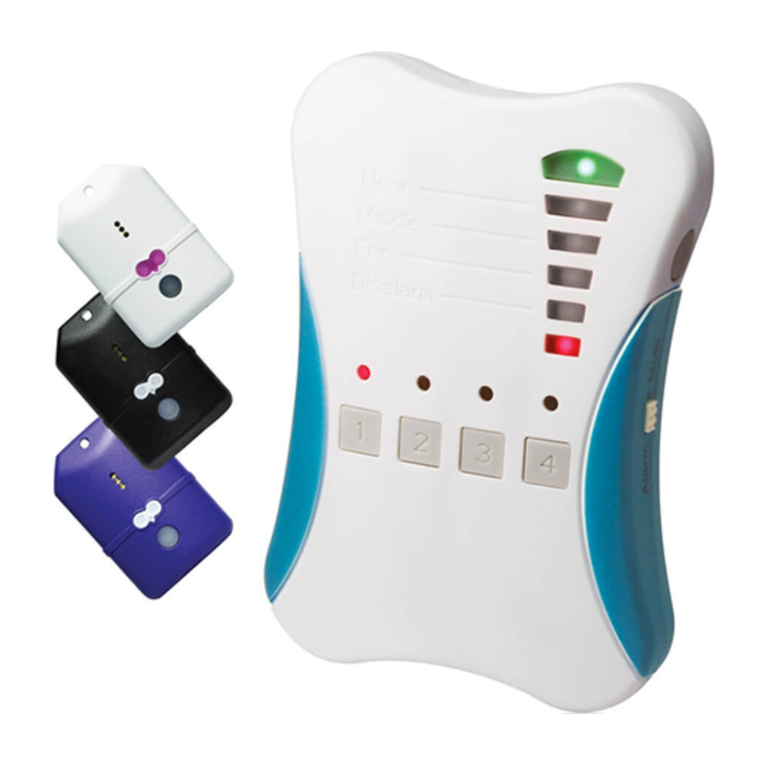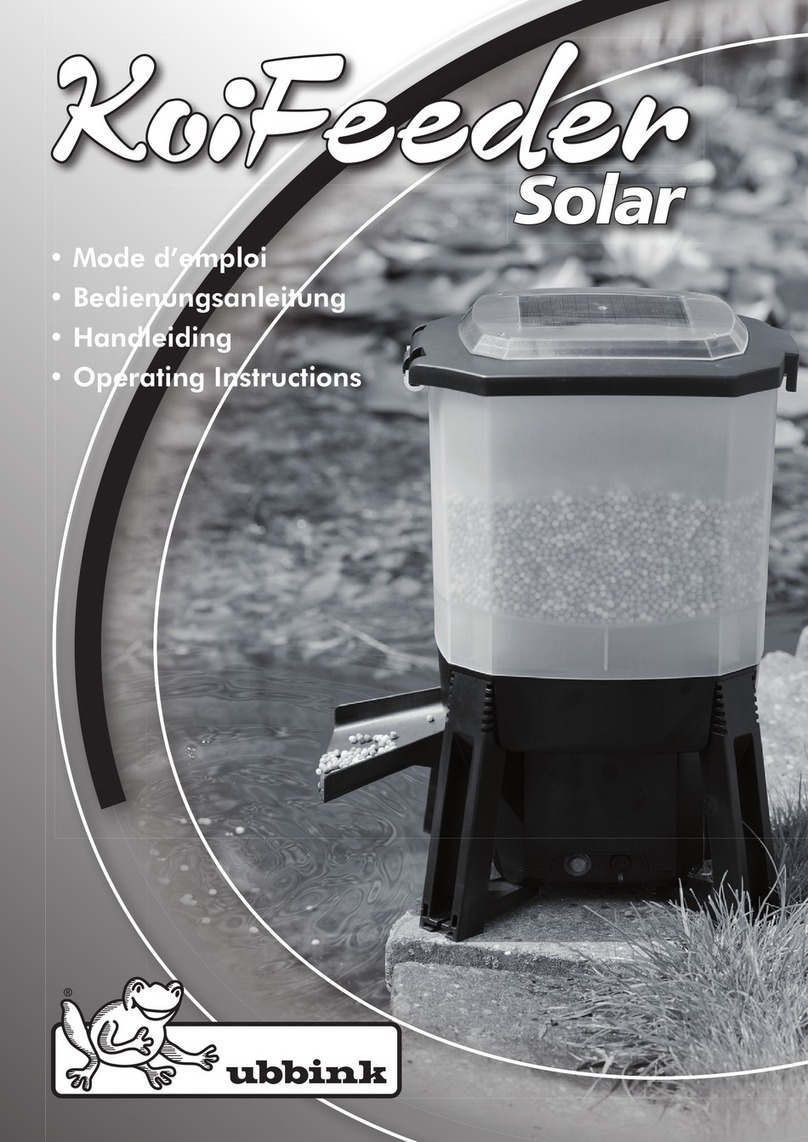
iii
Shor-Line.com
INTRODUCTION
Introduction.................................................................................................. ii
GENERAL INFORMATION
General information .....................................................................................1
Safety Alert Symbol ............................................................................................................ 1
Personal Protective Equipment (PPE)................................................................................ 1
Safety Warnings Included In This Guide ............................................................................ 2
SECTION ONE, PRE-ASSEMBLY
Shipment Inventory And Inspection .............................................................3
Shipment Inventory....................................................................................................... 3
Shipment Inspection ..................................................................................................... 3
Damage Reporting........................................................................................................ 3
Hole Template..................................................................................................................... 3
Parts List............................................................................................................................. 4
Tools And Equipment.......................................................................................................... 5
SECTION TWO, ASSEMBLY PROCEDURES
Assembly Procedures..................................................................................6
Cage Preparation ............................................................................................................... 6
Portal Location.............................................................................................................. 6
Cage Door Removal ..................................................................................................... 7
Portal Hole.......................................................................................................................... 8
Template ....................................................................................................................... 8
Mark/Punch Starter Hole .............................................................................................. 9
Drill Starter Hole ......................................................................................................... 10
Portal Hole Cut ........................................................................................................... 10
Portal Installation .............................................................................................................. 12
Spacer Installation ...................................................................................................... 12
Flange Components Installation ................................................................................. 13
Door Installation.......................................................................................................... 14
SECTION THREE, OPERATION & MAINTENANCE
Portal Use And Care ..................................................................................16
Door Operation ................................................................................................................. 16
Opening and Closing the Portal Door ......................................................................... 16
General Maintenance & Care ........................................................................................... 17
Maintenance Recommendations ................................................................................ 17
Care Recommendations ............................................................................................ 17
SECTION FOUR, TERMS & CONDITIONS
Terms And Conditions................................................................................18
Damaged Freight Procedures .......................................................................................... 18
Limited Warranty ......................................................................................20
Limitation Of Liability................................................................................................... 20
Contact Information ...................................................................................21
CONTENTS
